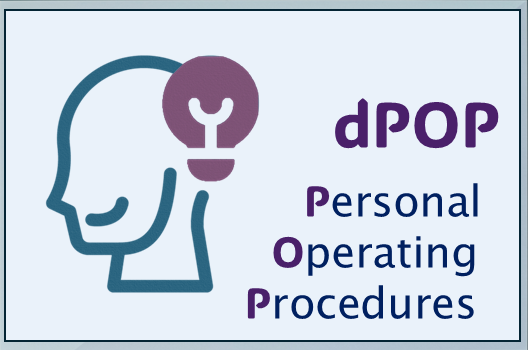In many businesses the Standard Operating Procedures Manual sits on the top shelf of the office – like a trophy – proudly displayed, but rarely disturbed.
The conventional joke is “the bigger the Manual, the more difficult it is to take it down from the top shelf”.
These Manuals are normally written by the most technically qualified people in the organisation, and the layout, format, language and style very often make it difficult for Operatives to understand or relate to the content.
My experience in the hospitality industry led me to explore ways of making working procedures more accessible and better understood by the end operator, who in many cases does not have a great command of written English or good learning skills.
In the past I have used visual formats to explain complex operating procedures and found this concept to be very successful.
This led me to develop Yazure.
Yazure is designed on the principle of radiant thinking and the system uses the natural flow of the brain to help retention and recall.
We have developed VLF – Visual Language Format, using colourful images, linked to key words, to communicate the message. The key central message on each page has, on average, seven bites of information arranged around it, to create a Memory Web (patent pending).
These Memory Webs are single page images with an average of seven branches but can be linked to form a series of connected pages, and detailed information can be divided and sub-divided into manageable “bites”.
The central image and branches of the Memory Web each carry an icon image linked to one or two words.
These Memory Webs can be populated from a suite of up to 400 industry specific icons, and can be arranged in any order and linked to any word, to create individual pages customised to each location. Yazure is a system of reference which is completely brain friendly, highly accessible, delivering bite sizes of memorable information, which helps the end-user to recall and implement the agreed procedural details.
It is a Visual Language – improving knowledge retention and empowering performance.

